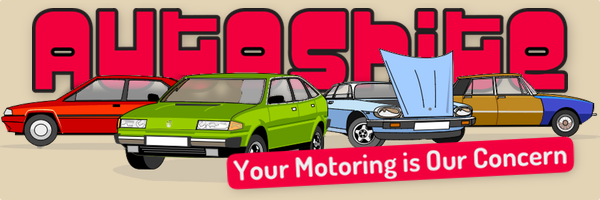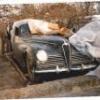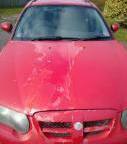Bought: 1984 Dacia
-
Similar Content
-
- 165 replies
- 27,464 views
-
1984 Mini City E - ready to de-engine 1 2 3 4
By N Dentressangle,
- 107 replies
- 10,634 views
-
- 87 replies
- 5,560 views
-
- 494 replies
- 45,139 views
-
Ah shite, I've bought a C6.
By Tomtation,
- 28 replies
- 1,630 views
-





Recommended Posts
Create an account or sign in to comment
You need to be a member in order to leave a comment
Create an account
Sign up for a new account in our community. It's easy!
Register a new accountSign in
Already have an account? Sign in here.
Sign In Now